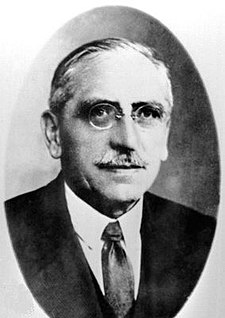Henri Lebesgue
| Henri Lebesgue | |
|---|---|
 |
|
| Born |
June 28, 1875 Beauvais, Oise, France |
| Died | July 26, 1941 (aged 66) Paris, France |
| Nationality | French |
| Fields | Mathematics |
| Institutions |
University of Rennes University of Poitiers University of Paris Collège de France |
| Alma mater |
École Normale Supérieure University of Paris |
| Doctoral advisor | Émile Borel |
| Doctoral students |
Paul Montel Zygmunt Janiszewski Georges de Rham |
| Known for |
Lebesgue integration Lebesgue measure |
| Notable awards |
Fellow of the Royal Society Poncelet Prize for 1914 |
Henri Léon Lebesgue ForMemRS (French: [ɑ̃ʁi leɔ̃ ləbɛɡ]; June 28, 1875 – July 26, 1941) was a French mathematician most famous for his theory of integration, which was a generalization of the 17th century concept of integration—summing the area between an axis and the curve of a function defined for that axis. His theory was published originally in his dissertation Intégrale, longueur, aire ("Integral, length, area") at the University of Nancy during 1902.
Henri Lebesgue was born on 28 June 1875 in Beauvais, Oise. Lebesgue's father was a typesetter and his mother was a school teacher. His parents assembled at home a library that the young Henri was able to use. His father died of tuberculosis when Lebesgue was still very young and his mother had to support him by herself. As he showed a remarkable talent for mathematics in primary school, one of his instructors arranged for community support to continue his education at the Collège de Beauvais and then at Lycée Saint-Louis and Lycée Louis-le-Grand in Paris.
In 1894 Lebesgue was accepted at the École Normale Supérieure, where he continued to focus his energy on the study of mathematics, graduating in 1897. After graduation he remained at the École Normale Supérieure for two years, working in the library, where he became aware of the research on discontinuity done at that time by René-Louis Baire, a recent graduate of the school. At the same time he started his graduate studies at the Sorbonne, where he learned about Émile Borel's work on the incipient measure theory and Camille Jordan's work on the Jordan measure. In 1899 he moved to a teaching position at the Lycée Central in Nancy, while continuing work on his doctorate. In 1902 he earned his Ph.D. from the Sorbonne with the seminal thesis on "Integral, Length, Area", submitted with Borel, four years older, as advisor.
...
Wikipedia
